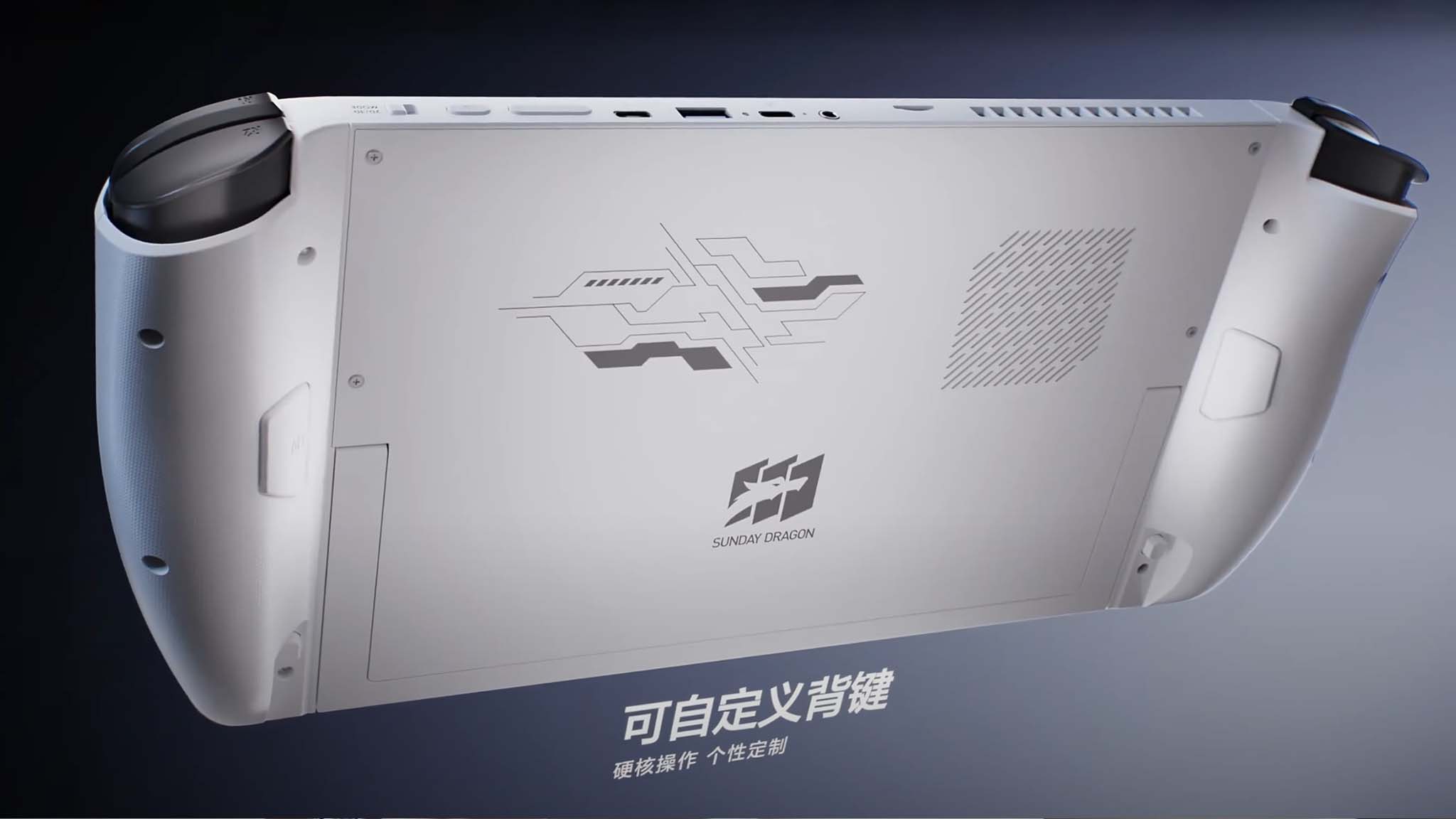What You Need to Know
In the gaming world, Tencent has dropped a bombshell by revealing its newest project: a gaming handheld called the 3D One, with some significant help from Intel. The device is rumored to tout cutting-edge features like 3D screen technology, powered by Intel’s Lunar Lake processor, 32GB of RAM, and a hefty 1TB SSD. It’s reported to offer detachable controllers akin to those on a Nintendo Switch and boasts an impressive 11-inch display, even larger than the Legion Go. Unfortunately, we’re still in the dark about a release date or pricing. It’s worth noting that this experimental device’s specs are quite high-end, so it’s hard to say if it will ever become a mainstream product.
Just yesterday, Tencent, a giant in the Chinese tech industry, gave us a peek into its latest venture—a new gaming handheld receiving support from Intel, initially reported by IT Home and later followed up by Wccftech. Using Google Translate on IT Home’s original post, it’s revealed that this device is an experimental product built around "naked-eye 3D technology."
Check out this video posted by VideoCardz showcasing the eye-tracking feature of the 3D One. The device shows off its 3D capabilities alongside eye-tracking technology. A clip reveals a boy playing the handheld seemingly without focusing on the screen. Whether this suggests he is entirely engrossed in 3D elements or looking at something else, like a TV, is unclear. If it mirrors the latter, the device might function similar to the Nintendo Wii U, offering details on both the handheld and a TV.
3D One Specs
Here’s a quick rundown of what we know about the 3D One: While pricing remains a mystery, its internals includes an Intel Core Ultra 7 258SV, complemented by an Intel Arc 140V GPU boasting Xe2-LPG architecture. The display is an 11-inch 2.5K screen capable of a 120Hz refresh rate. The handheld will house 32GB of LPDDR5x memory along with expandable storage options going up to 1TB SSD. It offers a suite of features including naked-eye 3D, eye tracking, and detachable controllers. There are multiple ports as well: two USB-C, one USB-A, a microSD card slot, and a headphone jack. All these premium specs hint at a device that isn’t likely to be very budget-friendly whenever it hits the market.
The 3D One is undeniably hefty, with its large form factor. Many PC gaming handhelds, like the Steam Deck or ROG Ally, opt for a 7-inch screen, while the Legion Go stretches this to 8.8 inches. Yet, the 3D One tops them all with an 11-inch 2.5K display, expected to support a refresh rate of 120Hz. This introduces a new dimension to the handheld experience—if we can still call it "handheld" at this size. The device’s response time, however, remains under wraps.

A feature echoing the Nintendo Switch, the 3D One seems to come equipped with detachable controllers and a built-in kickstand, potentially aiding those finding its considerable weight a challenge in prolonged use. It appears to be capable of "tabletop mode," minimizing hand strain during gaming sessions.
Further examination of the device reveals dual USB-C ports, a singular USB-A, microSD card reader, and a headphone jack. Intriguingly, it sports a 2D/3D mode switch near the power button, reminiscent of the Nintendo 3DS’s toggling feature. Using Google Translate, the joystick’s description hints at "precise operation without drift," suggesting it might use Hall Effect joystick technology.
The Cost Factor
Delving into the gaming handhelds’ market reality, these devices have become a hit over recent years, though often at a cost. Companies typically shave off prices by forgoing some features. Even so, they remain expensive; for instance, the ROG Ally starts at $499.99, with discounts at places like Best Buy.
In contrast, the 3D One from Tencent and Intel is brimming with high-end specs and singular features, pushing its possible price point well beyond the reach of most mainstream gaming handhelds. Considering these factors, I can’t see this device appealing to a broad audience—there are cheaper alternatives offering what most gamers would want.
Tencent isn’t plunging into uncharted territory with 3D handheld gaming—Nintendo explored this with the 3DS back in 2011. Despite the groundbreaking novelty at the time, the 3D element ultimately faded, turning into more of a gimmick that many users ended up disabling. This skepticism extended to parents cautious of young players’ eye health, as even Nintendo recommended against excessive use by children under seven.
At tech events, 3D gaming screens catch the eye, sparking some interest. Yet, they often come with drawbacks such as headaches, suggesting 3D technology isn’t quite ready to be a fixture in our gaming setups. Unless we advance to the point of everyday holograms, additions like the 3D features in the Tencent device seemingly have a limited audience.
Ultimately, concept devices like the 3D One are often built to showcase a company’s potential and technological prowess, rather than to serve as retail products. That said, who knows? Tencent could surprise us yet by bringing this intriguing device to market. But until it’s widespread, it will be hard to gauge just how revolutionary, or costly, it might become.














































